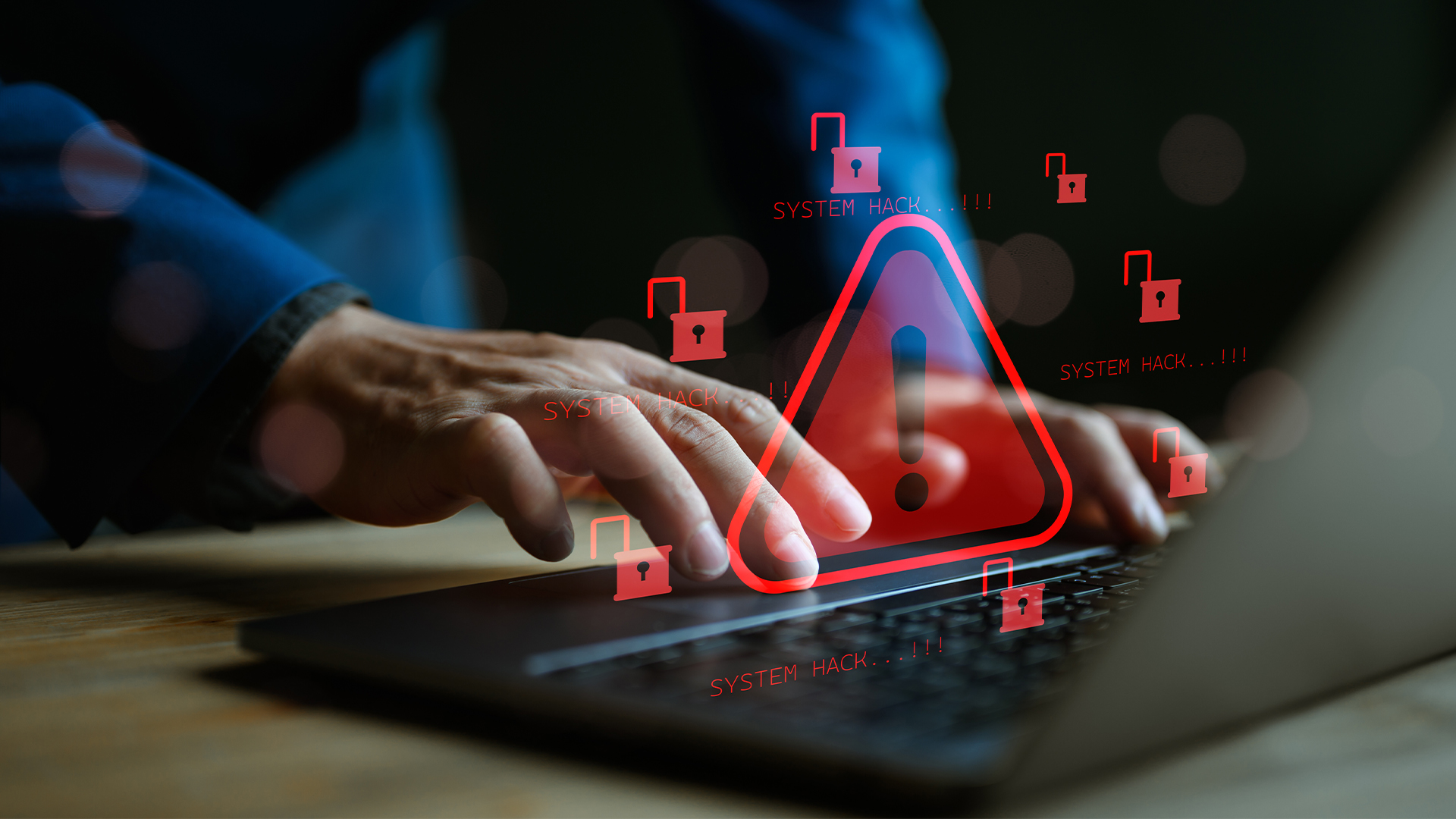Media & Entertainment Digital Transformation: Streaming Platforms and Content Innovation
The media and entertainment industry is experiencing unprecedented transformation through digital platforms, streaming technologies, and AI-powered content creation. Modern entertainment companies leverage sophisticated technology stacks to deliver personalized content experiences across multiple devices and platforms. Industry analysis shows that companies with mature digital content strategies achieve 85% higher audience engagement and 60% better content monetization compared to traditional media approaches.
Unified Commerce Platform Architecture
Integrated Customer Experience Management
Modern retail technology stacks provide comprehensive customer experience orchestration:
Customer Data Platform (CDP) Integration
Unified customer profiles aggregate data from all touchpoints, including website interactions, mobile app usage, in-store purchases, and customer service contacts. This comprehensive view enables personalized experiences and targeted marketing across all channels.
Real-Time Inventory Management
Advanced inventory management systems provide accurate, real-time visibility across all channels and locations, enabling features like buy-online-pick-up-in-store (BOPIS), ship-from-store, and endless aisle capabilities that maximize sales opportunities and customer satisfaction.
1. AI-Powered Personalization Engine
Competitive Differentiation
Artificial intelligence transforms how retailers engage with customers across all channels:
Dynamic Product Recommendations
- Machine learning algorithms analyze customer behavior, purchase history, and preferences
- Real-time recommendation engines adjust product suggestions based on current browsing behavior
- Cross-sell and upsell optimization through predictive analytics
- Seasonal and trend-based recommendation adjustments
Personalized Content and Messaging
- Dynamic website content adaptation based on customer segments and preferences
- Personalized email marketing campaigns with optimized send times and content
- Mobile app customization and push notification targeting
- In-store digital signage personalization through mobile app integration
Advanced E-Commerce Capabilities
2. Headless Commerce Implementation
Technical Innovation
Headless commerce architectures enable flexible, fast-loading customer experiences:
API-First Architecture
- Decoupled frontend and backend systems for enhanced performance and flexibility
- Multiple frontend experience optimization (web, mobile, voice, IoT)
- Third-party integration and marketplace connectivity
- Developer productivity improvement and faster time-to-market
Progressive Web Applications (PWA)
- App-like experiences delivered through web browsers
- Offline functionality and faster loading times
- Push notification capabilities and home screen installation
- Reduced development costs compared to native mobile applications
3. Voice Commerce and Conversational AI
Emerging Channel
Voice-enabled shopping experiences represent a growing commerce channel:
Smart Speaker Integration
- Voice-activated product search and ordering capabilities
- Reorder optimization for frequently purchased items
- Integration with loyalty programs and payment methods
- Customer service and support through voice interfaces
Chatbot and Virtual Assistant Implementation
- 24/7 customer support and product assistance
- Order tracking and returns processing automation
- Personalized shopping assistance and product discovery
- Integration with human agents for complex inquiries
Supply Chain and Fulfillment Innovation
4. Distributed Fulfillment Networks
Operational Excellence
Modern retailers implement sophisticated fulfillment strategies to meet customer expectations:
Micro-Fulfillment Centers
- Urban warehouse locations for faster last-mile delivery
- Automated picking and packing systems for efficiency
- Integration with store inventory for hybrid fulfillment
- Sustainable delivery options and carbon footprint reduction
Store-as-Warehouse Strategy
- Retail locations equipped for order fulfillment and shipping
- Store associate training for fulfillment operations
- Inventory allocation optimization between selling and fulfillment
- Customer pickup and returns processing integration
5. Last-Mile Delivery Innovation
Customer Expectation
Advanced delivery capabilities differentiate retailers in competitive markets:
Same-Day and On-Demand Delivery
- Partnership with third-party delivery services and gig economy platforms
- Route optimization and delivery tracking for customers
- Flexible delivery time windows and location options
- Special handling for fragile and high-value items
Alternative Delivery Methods
- Locker networks and pickup point partnerships
- Drone delivery pilot programs in eligible markets
- Autonomous vehicle integration for specific delivery routes
- Contactless delivery options and safety protocols
In-Store Technology Enhancement
Digital Store Transformation
Physical retail locations integrate advanced technologies for enhanced customer experiences:
Mobile Point-of-Sale (mPOS) Systems
- Line-busting capabilities during peak shopping periods
- Curbside pickup and contactless payment processing
- Customer service enhancement through mobile product information
- Integration with customer loyalty and rewards programs
Augmented Reality and Virtual Try-On
- Virtual fitting rooms and product visualization
- Furniture and home decor placement visualization
- Makeup and accessory try-on experiences
- Size and fit recommendation algorithms
Customer Analytics and Business Intelligence
6. Advanced Retail Analytics
Data-Driven Decision Making
Comprehensive analytics platforms provide insights for strategic decision-making:
Customer Journey Analytics
- Cross-channel behavior tracking and analysis
- Conversion funnel optimization and abandonment reduction
- Customer lifetime value modeling and segmentation
- Attribution modeling for marketing campaign effectiveness
Merchandising and Pricing Optimization
- Dynamic pricing algorithms based on demand, competition, and inventory levels
- Product performance analysis and assortment optimization
- Seasonal trend analysis and buying pattern identification
- Promotional effectiveness measurement and optimization
Payment and Financial Technology
Frictionless Payment Experiences
Modern payment technologies enable seamless transaction processing:
Alternative Payment Methods
- Buy-now-pay-later (BNPL) integration and financing options
- Digital wallet support and one-click payment processing
- Cryptocurrency payment acceptance and processing
- Subscription and recurring payment management
Fraud Prevention and Security
- Machine learning-based fraud detection and prevention
- 3D Secure authentication and PCI compliance
- Tokenization and encryption for payment data protection
- Real-time risk assessment and transaction monitoring
Sustainability and Social Responsibility
Sustainable Commerce Initiatives
Retailers integrate sustainability features into digital commerce platforms:
Carbon Footprint Transparency
- Shipping option carbon impact disclosure
- Sustainable product identification and promotion
- Supply chain transparency and ethical sourcing information
- Circular economy features like trade-in and recycling programs
Social Impact Integration
- Charitable giving options at checkout
- Local business and artisan marketplace features
- Community engagement and social cause support
- Diversity and inclusion in product assortment and marketing
Implementation Strategy
Digital Transformation Roadmap
Successful retail digital transformation requires strategic planning and execution:
Phase 1: Foundation (Months 1-6)
- Customer data platform implementation and integration
- Basic omnichannel capabilities deployment
- Staff training and change management programs
- Initial performance measurement and optimization
Phase 2: Enhancement (Months 7-18)
- Advanced personalization and AI implementation
- Mobile and voice commerce capability development
- Fulfillment network optimization and automation
- Customer experience measurement and improvement
Phase 3: Innovation (Months 19-36)
- Emerging technology pilot programs and testing
- Advanced analytics and predictive modeling deployment
- Partnership development and ecosystem expansion
- Continuous innovation and competitive differentiation
Performance Measurement and Optimization
Key Performance Indicators
Retailers track omnichannel success through comprehensive metrics:
Customer Experience Metrics
- Net Promoter Score (NPS) and customer satisfaction ratings
- Customer acquisition cost (CAC) and lifetime value (CLV)
- Cross-channel engagement and retention rates
- Channel preference and usage pattern analysis
Operational Efficiency Metrics
- Order fulfillment accuracy and delivery performance
- Inventory turnover and stock optimization
- Return rates and processing efficiency
- Technology adoption and user satisfaction
The retail industry's digital transformation represents a fundamental shift toward customer-centric, data-driven commerce strategies. Retailers that successfully implement comprehensive omnichannel capabilities will achieve sustainable competitive advantages through enhanced customer experiences, operational efficiency, and business agility in an increasingly digital marketplace.




